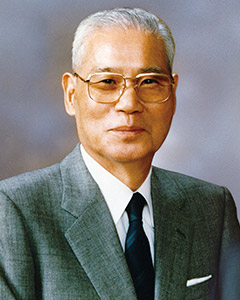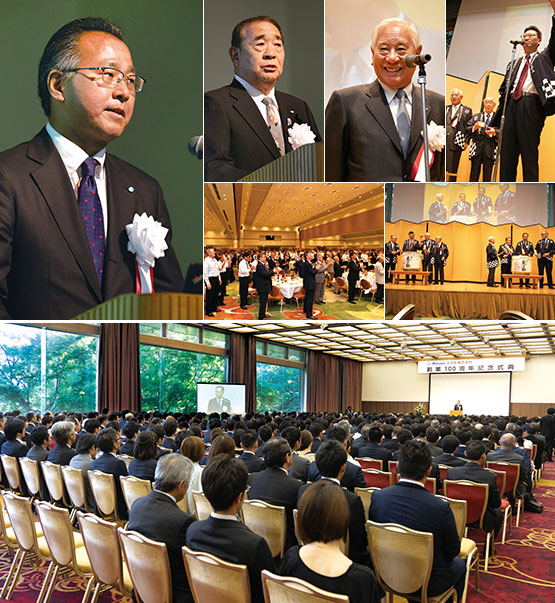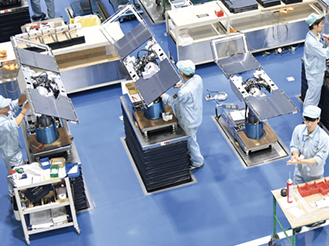In June 2019 MIZUHO Corporation celebrated the 100th anniversary of its founding. We owe this success to the support and patronage of our customers, for which we are deeply thankful. The company began way back in June 1919 as a medical equipment wholesaler in the Hongo district of Tokyo, before starting to manufacture artificial limbs in 1938. After the war, as a manufacturer of operating tables and other medical equipment, such as cerebral aneurysm clips, orthopedic implants, and steel surgical instruments, the company strived to supply safe, reliable healthcare products and services. Our products and technologies are now widely used and highly valued not just in Japan, but across the world.

Now, after celebrating 100 years in business, we have started building the next century of our history with a firm commitment to carrying on our legacy with gratitude and pride. In the new era that is currently unfolding, we are proudly continuing our involvement in the healthcare sector, to contribute to medical advances and to benefit the everyday health of people.

In this effort we look forward to your continued loyal support.
Hiroshi Nemoto
Representative Director President & CEO






















